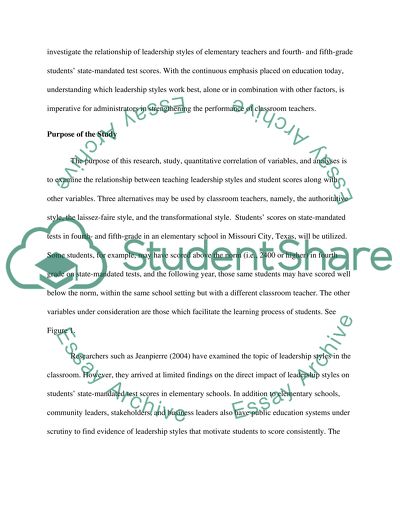Cite this document
(“Leadership Styles Dissertation Example | Topics and Well Written Essays - 2500 words”, n.d.)
Retrieved from https://studentshare.org/other/1401292-leadership-styles
Retrieved from https://studentshare.org/other/1401292-leadership-styles
(Leadership Styles Dissertation Example | Topics and Well Written Essays - 2500 Words)
https://studentshare.org/other/1401292-leadership-styles.
https://studentshare.org/other/1401292-leadership-styles.
“Leadership Styles Dissertation Example | Topics and Well Written Essays - 2500 Words”, n.d. https://studentshare.org/other/1401292-leadership-styles.


